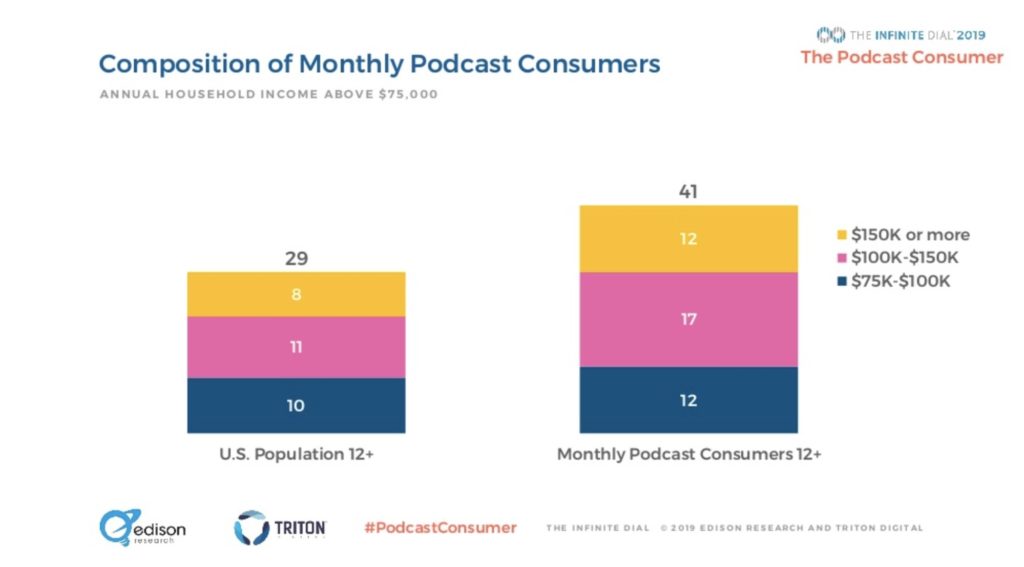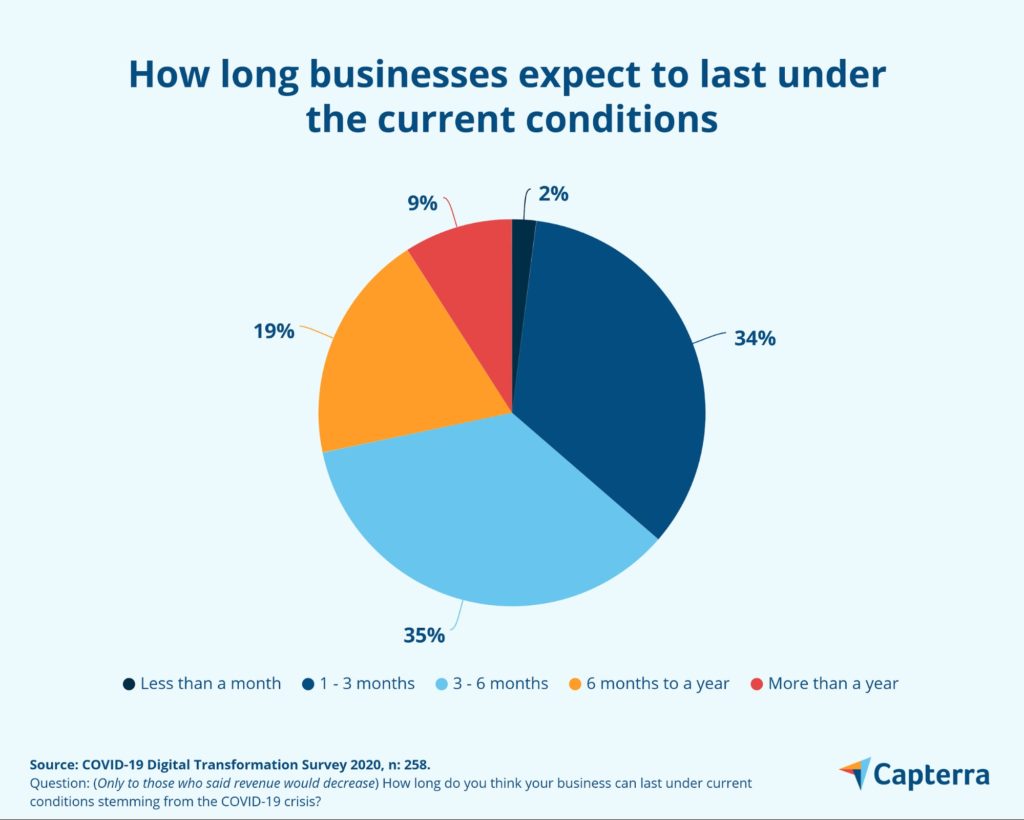30-second summary:
- The events of 2020 will shape the foreseeable future in a significant way.
- Customer acquisition still remains the most important aspect of business growth.
- To survive in 2021, brands need to focus on their customers and adopt marketing strategies that bring them closer to their clients.
Uncertain times are like the weather, they are always there and both individuals and organizations have little or no control over them. Just like the weather, the severity of uncertain times can rise and fall. And presently, most businesses in almost every sector across the globe are operating under uncertain conditions posed by the COVID-19 pandemic. Nike, a popular shoe brand is taking some drastic measures to stay afloat. How? By prototyping face shields for doctors and nurses. Businesses and marketers are beginning to realize that their initial customer acquisition strategy is no longer a match to the new normal of social distancing, remote working, movement restrictions, and lockdown of some regions as we know it.
For instance, acquisition strategies that heavily rely on generating leads at trade fairs and conferences are no longer workable.
Hence, all businesses and marketers must align their strategies to suit the current global crisis, where customer acquisition matters more than ever.
Aligning your customer acquisition strategy in uncertain times like this can take many ways, which include the following:
1. Re-evaluate your business goals
The first step to align your customer acquisition strategy in times like this is to re-evaluate your business goals. Perhaps, these goals have (or should have) changed due to the prevailing crisis.
Ensure that your marketing team understands how your business goals have (or may have) changed before deciding upon a new acquisition strategy.
For instance, some businesses may focus more on offering certain products and services that better suit these times than others and this may involve altering the current product or service line.
Once you know these goals, you would be able to create a suitable marketing plan to support them.
A very good example is Zoom Meeting, which suddenly became the most popular web conferencing tool amidst the COVID-19 pandemic.
Zoom Meeting witnessed a 418% growth in adoption and a 169% increase in revenue by re-evaluating its goal from just a communication and business meeting tool like Hangout and Skype to a more powerful collaborative and video conferencing tool.
2. Find out and understand how customer behaviors have changed
Presently, life is different from what it was just a short time ago for most people.
Hence, the ways businesses were once marketed to target customers may no longer be effective or applicable.
For instance, targeting customers with billboards, transit station advertising, and even radio advertisements may no longer be effective as there is a significant decline in movement and commuters.
Also, consumer preference may have been affected by the prevailing pandemic.
Therefore, it’s important to review your marketing personas and find out how their behaviors might have changed considering the pandemic. More so, it’s necessary to consider if your target audience has changed or not.
Chances are that while a set of customers may no longer need your products or services, a new set may have emerged. Otherwise, you may be targeting customers that you don’t have the “right to win.”
And no matter how much you try to grow your business where you don’t (or no longer) have the right to win, you would only be investing your resources and time on indifferent customers, which is next to wastage.
You can reach out to the new set of customers with the same capabilities that gave you an edge with your base. Learn new skills that can be useful to you, even if it is through online course platforms, and look for ways to repurpose your current resources.
The teleconferencing tools are yet a good example.
While businesses were the major consumers of teleconferencing tools during the pre-pandemic period, these tools are now a valuable educational tool for teachers-students collaboration across the world.
3. Go directly to your customers
The next step to align your customer acquisition strategy in uncertain times is to go directly to your customers.
The current crisis has clamped down (or shut down in some regions) many activities in the retail industry and some businesses may see this clampdown as an impediment.
However, the clampdown or shutdown has only granted permission to smart businesses to connect more directly with their customers.
For instance, PepsiCo’s new direct-to-consumer website, “snacks.com,” is a perfect way for the company to circumnavigate traditional supermarket channels (retailers) to sell their product directly to consumers.

This move by PepsiCo will not only reduce costs but will also enable PepsiCo to develop more significant customer intimacy and hold more customer data.
You can adopt a similar move like PepsiCo to get closer to your customers during these uncertain times.
4. Embrace digital marketing and advertising more than ever
The best way to go directly to customers today is to embrace digital marketing more than ever.
Digital marketing and social media are the most essential form of marketing. It delivers one of the highest returns. For example, for every $1 invested, you can expect this ROI from different channels.

However, research has shown that digital marketing is not being used to its full potential, with marketers using only a small percentage of the features available to them.
Now is the right time to change that. Evaluate your current digital marketing strategies (if you have any) and consider how you can maximize potentials as well as utilize any currently unused channel.
For instance, if your business is currently using only the email marketing tool, consider creating a strategy for expanding that usage – integrating podcasts or webinars.
Better still, you can start by creating automated nurture campaigns via emails or send your leads a survey to inquire about their current needs and how you can serve them better.
If you run a training business, you can investigate hosting a webinar as a lead generation tool for your online courses.
When you provide free content like webinars to your target audience, you’ll not only earn their goodwill but also become a valuable source of information.
The free webinars will lure your audience into the top of your marketing funnel and nudge them along that funnel towards your online course.
Customer acquisition via podcast has also been underestimated. However, if you’re looking to start a podcast, don’t assume you’ll get millions of downloads right away.
Techcrunch stated that podcasts can reach about 51% of the US audience between the age of 12 and above.

5. Focus your marketing on care, stability, and resilience
In case you’re not aware yet, the mood and mode of marketing have changed, thanks to the COVID-19 pandemic.
Hence, businesses need to make any necessary adjustments.
Businesses that turn a deaf ear and continue to deliver ads and business messages that are too self-serving may end up driving away their customers inadvertently.
Ensure that your business is well-aligned with the needs and tenor of the current marketplace. Also, make sure that your business is robust enough to evolve as times change.
For instance, a popular movie studio that promotes darker themes realigned its marketing strategy at the onset of the COVID-19 pandemic to bring inspiration and hope to American movie audiences.
Also, a B2B software company that initially promoted growth and technology innovation during the bull market has re-evaluated its marketing plans around stability, resiliency, and cost savings.
6. Invest more in getting new customers
Due to the ongoing pandemic, some businesses feel that acquiring new customers is either needless or impossible.
As a result, they have reduced their spending on customer acquisition and focused on incremental revenue from existing customers.
However, this is not a very wise business decision and smart businesses are already taking the opposite stance.
By providing the right and timely solutions to problems that customers are currently facing – in the form of price reductions, discounts, extended payment terms, delivery, etc. – some businesses are already winning customers away from less-resourced competitors.
Such businesses will ultimately emerge from this ongoing crisis with a stronger market position, more customers, and larger sales and revenue.
Therefore, you must determine the best way to ensure that you’re planning the future growth and development of your business by investing more in customer acquisition.
7. Follow the trend
This point best suits B2B businesses.
Did you know that industries that are expected to emerge as winners from the current crisis include pharma, technology, and government while the real estate, travel, and education industries are less likely to excel?
In a study by Capterra, about 2% of digital small businesses will close down completely as a result of this pandemic.

Therefore, realign your marketing strategies to target the winning industries.
More so, strategize to focus more on large, stable, and well-resourced companies but less on SMEs.
You may need to position yourself to effectively capture either the growing need in the SME sector or the big companies that matter most?
8. Determine how your product or services can help the current situation
As stated above, certain products and services better suit these uncertain times than others.
To attract more customers and remain in business, businesses must alter their current product or service line to help the current situation.
Here are a few examples of businesses that have stepped up to be helpful in the present situation:
The athletic apparel companies have begun the production of personal protective equipment (PPE), shoe manufacturers are now producing medical masks, while a picture framing company has begun the production of face shields.
All of these are to help the present situation and keep people safe, especially medical workers.
Though you may not be able to pivot your products or services to help out in the same ways, you can think of other ways to use your marketing to help the situation.
You can analyze your audience’s persona or send them a survey to determine what they need right now and how your products or services can help ease their burdens.
For instance, if you’re a business that deals mainly with services or content creation, you can publish helpful posts and training webinars to assist the audience.
Conclusion
Despite the current pandemic-led uncertainty that has plagued the business world, it’s important to always remember that customers are key to any business growth.
Irrespective of the type of business you run, the future growth of your business hinges on one thing – your customer acquisition strategy.
This current COVID-19 pandemic has rendered most customer acquisition strategies effective, which necessitates the need for businesses and marketers to re-align their marketing strategies.
It’s never going to be easy. But if you put the customer first, you’ll always find a way to navigate the tough times and still win.
Lidia S. Hovhan is part of the Content and Marketing team at OmnicoreAgency. She contributes articles about how to integrate digital marketing strategy with traditional marketing to help business owners to meet their online goals. You can find really professional insights into her writings.



